In Carbon County, Utah, Sheriff Jeff Wood showcased the lifesaving impact of the county’s drone program during a recent commission meeting, detailing its role in high-risk incidents and the creative funding strategies that made it possible, according to ETV News. Since launching in March 2025, the program has leveraged affordable Chinese-made DJI and Autel Robotics drones to enhance law enforcement operations, saving lives and reducing risks to deputies. However, the reliance on budget-conscious unmanned aerial vehicles (UAVs) raises questions about the feasibility of adopting pricier U.S.-made Blue sUAS drones, which could strain the department’s resources.
Establishing a Strategic Drone Program
The Carbon County Sheriff’s Office (CCSO) initiated its drone program over a year ago, methodically addressing operational needs, pilot selection, and training. Sheriff Wood partnered with USU Eastern’s drone program for a three-day course that covered flight skills, Legal regulations, and preparation for the FAA Part 107 certification test.
“The purpose of this training was to give them a basic knowledge of drones, get an opportunity to fly some drones, and then figure out the legality of flying drones and prepare them for their 107 certification test,” Wood explained.
This certification, required for government drone use, allows deputies to operate in restricted airspace, unlike recreational pilots.
Four deputies earned their Part 107 certifications, forming the core of the program’s pilot team. The CCSO acquired four drones—three Autel EVO II 640T models with thermal cameras for outdoor missions and one DJI Avata 2 for indoor building sweeps. These UAVs, purchased through innovative funding, arrived on March 11, 2025, and have since transformed sheriff operations.

Creative Funding for Affordable Drones
Funding the drone program required ingenuity, as Sheriff Wood explored grants and budget reallocations.
“We found a way through our alcohol funding that we get. We get alcohol funding for alcohol enforcement, and we were able to purchase 4 drones with that,” he noted.
This alcohol enforcement fund, typically used for DUI patrols, provided a non-traditional revenue stream to acquire the drones without straining the county’s general budget. The CCSO opted for cost-effective Chinese-made drones, with the Autel 640T priced around $6,000–$7,000 each and the DJI Avata 2 at approximately $1,000. In contrast, U.S.-made Blue sUAS drones, such as the Skydio X2D or Brinc Drones, are 8 to 14 times more expensive per unit, excluding maintenance and training.
Transitioning to Blue sUAS models, which prioritize data security and domestic manufacturing, would likely have limited the CCSO to one or two drones—or none—given the same budget. This financial constraint underscores the trade-off between affordability and compliance with federal preferences for non-foreign UAVs in government operations.
Drones Prove Critical in High-Risk Operations
Since March, the CCSO has deployed drones in 10 incidents, from locating missing hikers in Nine Mile Canyon to tracking cattle near East Carbon. The drones’ thermal imaging and long-range surveillance capabilities have streamlined search-and-rescue missions across the county’s 1,478 square miles (3,828 square kilometers) of rugged terrain. A 15-hour search for a missing out-of-state woman on a UTV, guided by a phone ping, demonstrated the drones’ endurance, though she was not located.
The program’s most significant impact came during a standoff with an armed suspect, Rogelio Bustillos, near Kenilworth on the Friday of the county fair. Wanted for aggravated kidnapping and assault, Bustillos was located in a remote mountainous area using an Autel 640T drone.
“We were literally more than a mile away and able to watch him,” Wood said, highlighting the drone’s ability to surveil from over 5,280 feet (1.6 kilometers) away. The drone’s high-resolution camera and thermal imaging allowed deputies to monitor Bustillos for nearly three hours, relaying real-time data to ground teams.
Spotters, positioned closer, overheard Bustillos’ phone conversations, revealing he was heavily armed with a rifle and ample ammunition. “One thing that we were being told on that incident was that this person was not gonna be taken alive, and he was not going to spare law enforcement’s life in the process,” Wood recounted. The drone’s elevated position—high enough to avoid detection—ensured safe surveillance, preventing Bustillos from reaching populated areas.
This intelligence enabled the CCSO to devise a tactical plan, calling in Utah County’s SWAT team with two Bearcat armored vehicles, each valued at $500,000. The combined drone surveillance and SWAT support led to Bustillos’ safe apprehension without injuries. “I attribute a lot of that to the ability to surveil with the drones. It was amazing,” Wood emphasized.
Another incident involved capturing escapee William Webber from an East Carbon Police vehicle. The drone crew’s rapid deployment and precise tracking ensured his swift, safe recapture, showcasing the program’s versatility in fugitive pursuits.
Specialized Drones for Tactical Needs
The DJI Avata 2, a compact first-person-view (FPV) drone, excels in indoor operations, particularly for SWAT missions. “It’s about that big. It’s for clearing buildings inside. So it’s an inside drone, but it’s pretty fast. It’s very maneuverable,” Wood described. Measuring roughly 7 inches (18 centimeters) wide, the Avata 2 navigates tight spaces, such as hallways or rooms, to assess threats without exposing officers. Its agility and live-feed capabilities make it ideal for high-stakes scenarios like hostage situations or barricaded suspects.
The Autel Robotics 640T drones, equipped with 640×512 thermal sensors, are optimized for outdoor missions. Their ability to detect heat signatures at night or in dense vegetation has proven invaluable for searches in Carbon County’s remote landscapes. These drones can operate for up to 40 minutes per battery, covering distances of 7 miles (11 kilometers) and reaching altitudes of 2,297 feet (700 meters) above ground level.
Combating Misinformation Risks
Sheriff Wood addressed challenges posed by misinformation during the Kenilworth standoff, which spread via social media and media outlets. “We had some misinformation through the media of a situation that didn’t occur. That made it a little more challenging as well,” he stated. Inaccurate reports attracted public attention, risking officer safety and diverting focus to crowd control. Wood noted that suspects, like Bustillos, often monitor social media, and posts revealing tactical details—such as Bearcat locations—can compromise operations.
To counter this, Wood urged residents to avoid sharing unverified information and await official CCSO updates. The sheriff’s office employs advanced notification technology to alert specific areas about active threats, ensuring timely, accurate communication. “If there were ever an active shooter situation, that information would come directly from law enforcement long before it came from the media,” he assured.
Operational and Economic Impacts
The drone program delivers significant operational and economic benefits. Drones reduce manpower needs in searches, with operational costs of $50–$100 per hour compared to $500–$1,000 for helicopters. The CCSO’s four drones, costing roughly $19,000 total, offer a cost-effective alternative to traditional methods, enabling frequent deployments without budget strain.
Regulatory compliance, ensured through Part 107 certifications, reinforces public trust. “They are strictly for government use, strictly for sheriff’s office use. We don’t use them to go play with or anything like that,” Wood clarified, addressing public misconceptions. The CCSO logs all flights in a database, distinguishing training from mission use to maintain transparency.
Future Expansion and Industry Implications
Sheriff Wood envisions expanding the program, particularly to patrol the county jail and courthouse in Price. “As soon as we get a pilot there, I want to invest in another drone, for daily patrol of our perimeter,” he said. This would enhance facility security, providing an additional layer of surveillance.
For drone professionals and recreational pilots, the CCSO’s success highlights the value of affordable UAVs in public safety. However, the reliance on Chinese-made drones reflects broader industry tensions. Blue sUAS drones, endorsed by the U.S. Department of Defense for their cybersecurity, are prohibitively expensive for many small agencies. A single Skydio X2D, priced at more than $10,000, could consume half the CCSO’s drone budget, limiting fleet size and operational flexibility.
The program’s creative funding model—tapping alcohol enforcement funds—offers a blueprint for other departments. Yet, scaling to Blue sUAS drones would require substantial grants or budget reallocations, potentially reducing drone availability and hindering mission readiness. As Sheriff Wood’s initiative demonstrates, balancing cost, capability, and compliance is critical for leveraging UAVs to protect communities.
You can read more stories about drones for good on DroneXL.
Featured photo shows a Autel EVO II drone without a thermal camera. Copyright DroneXL.co
Discover more from DroneXL.co
Subscribe to get the latest posts sent to your email.
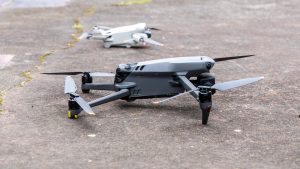
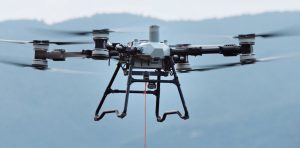
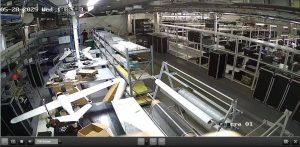






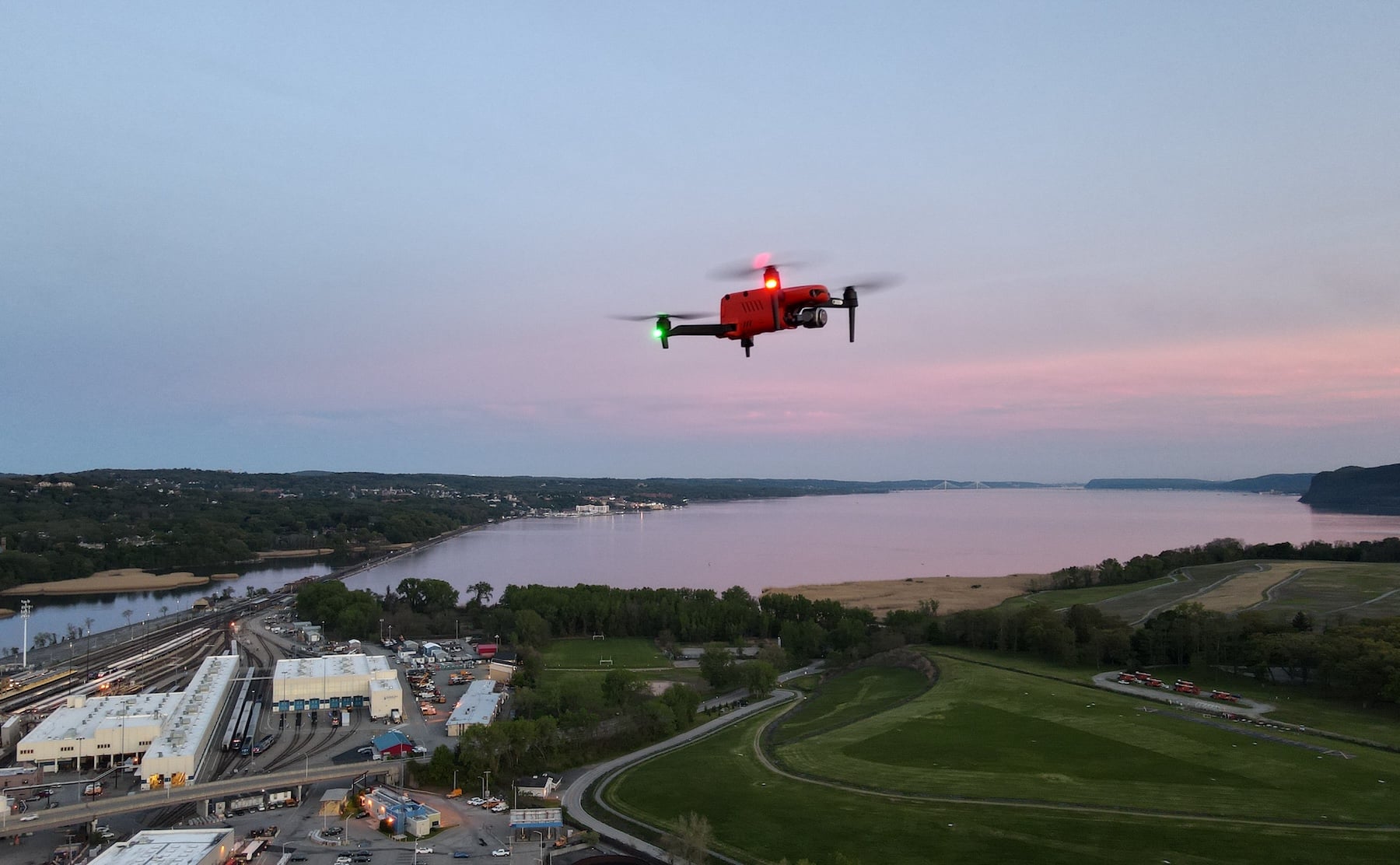
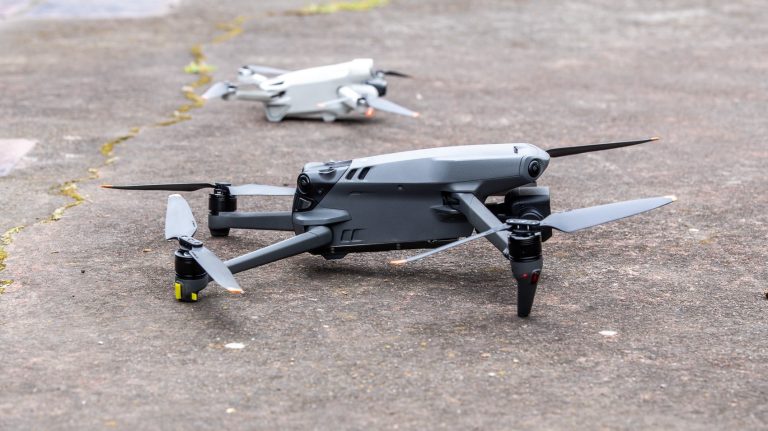
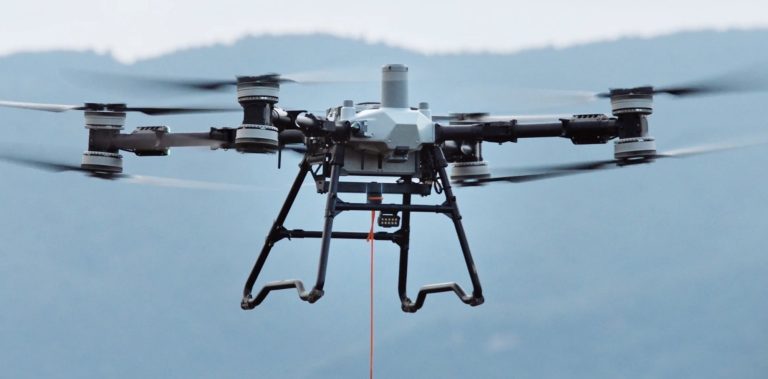
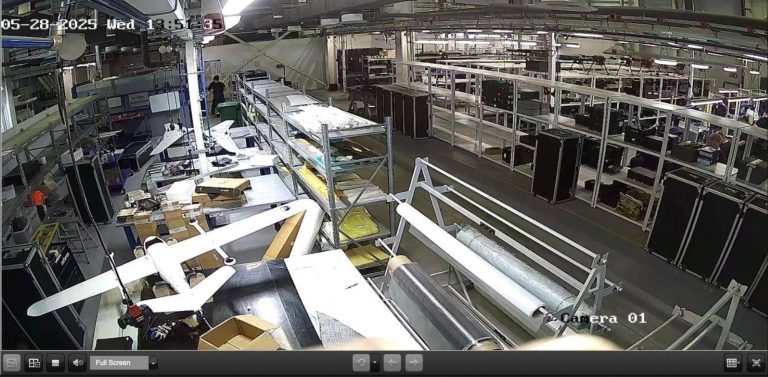
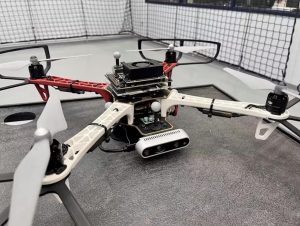

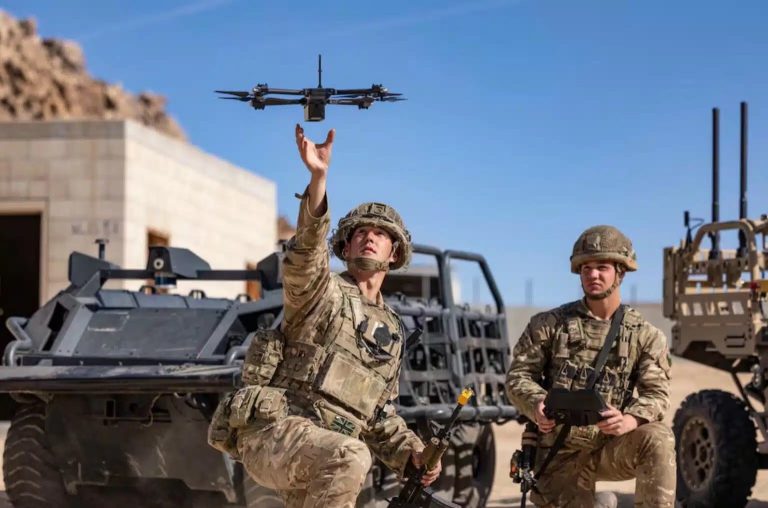




+ There are no comments
Add yours